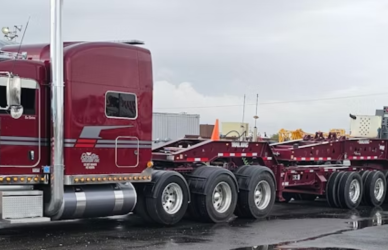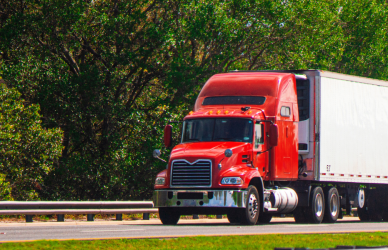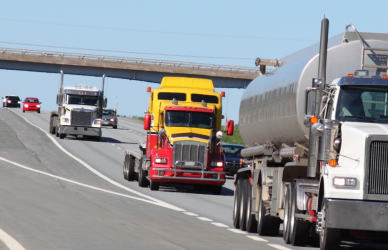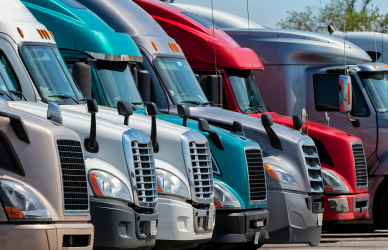The Environmental Protection Agency (EPA) unveiled stringent emissions standards for heavy-duty trucks spanning model years 2027 to 2032, showcasing a tighter regulatory stance compared to previous proposals. Notable adjustments include extending the timeline (2027-2030) for motor carriers to develop zero-emissions infrastructure while imposing more rigorous emissions constraints in 2031 and 2032.
Originally, the proposed regulations aimed for 50% of vocational vehicles like buses and waste haulers, 35% of new short-haul regional tractors, and 25% of new long-haul trucks to transition to zero emissions by 2032, totaling over 40% of all heavy-duty trucks within six model years. However, the approved rule mandates roughly 30% of heavy-heavy-duty vocational trucks and 40% of regional day cabs to be zero-emission by 2032.
Maintaining a “technology-neutral” approach, the EPA rule refrains from specifying any particular emissions solution. Nevertheless, achieving emissions targets for most commercial fleets will likely necessitate integrating hybrid, battery-electric, or hydrogen-electric trucks.
“Given the wide range of operations required of our industry to keep the economy running, a successful emission regulation must be technology neutral and cannot be one-size-fits-all,” said Chris Spear, American Trucking Associations (ATA) president, and CEO, adding that ATA’s opposition of the current rule stems from the post-2030 targets which remain “entirely unachievable given the current state of zero-emission technology, the lack of charging infrastructure and restrictions on the power grid,. Any regulation that fails to account for the operational realities of trucking will set the industry and America’s supply chain up for failure.”
According to a recent report from the Clean Freight Coalition (CFC), electrifying the U.S. medium and heavy-commercial truck fleet would require nearly $1 trillion in infrastructure investment alone. This includes over $620 billion from the trucking industry for chargers, site infrastructure, and electric service upgrades. Additionally, the report highlights the significantly higher costs of electric trucks compared to their diesel counterparts.
Jim Mullen, Executive Director of the CFC, views the final rule as establishing a roadmap for the adoption of zero-emission trucks “at a pace that isn’t possible due to the limits of today’s technology. The GHG Phase 3 rule will have detrimental ramifications to the commercial vehicle industry, many small and large businesses, commercial vehicle dealers, and their customers.”
EPA Administrator Michael Regan lauds the new rule as the most robust national greenhouse gas standard for heavy-duty vehicles to date, projecting long-term cost savings for fleets on fuel and associated expenses. EPA estimates suggest potential savings of over $3.5 billion for motor carriers over the six-model-year period.
While the EPA’s final rule incorporates reduced zero-emission vehicle rates for model years 2027-2029, the American Trucking Associations (ATA) expresses concerns that mandated penetration rates in later years could constrain fleets’ choices, pushing primarily for battery-electric and hydrogen investments and limiting options to unproven early-stage technologies.
“The trucking industry is fully committed to the road to zero emissions, but the path to get there must be paved with commonsense,” Spear said. “While we are disappointed with today’s rule, we will continue to work with EPA to address its shortcomings and advance emission-reduction targets and timelines that are both realistic and durable.”
The Owner-Operator Independent Drivers Association (OOIDA) also commented. President Todd Spencer emphasized that 96% of all commercial carriers are “small business truckers who happen to care about clean air for themselves and their kids as much as anyone. Yet this administration seems dead set on regulating every local mom-and-pop business out of existence with its flurry of unworkable environmental mandates,” he added. “This administration appears more focused on placating extreme environmental activists who have never been inside a truck than the small business truckers who ensure that Americans have food in their grocery stores and clothes on their backs. If you bought it, a trucker brought it.”
Source: Commercial Carrier Journal











